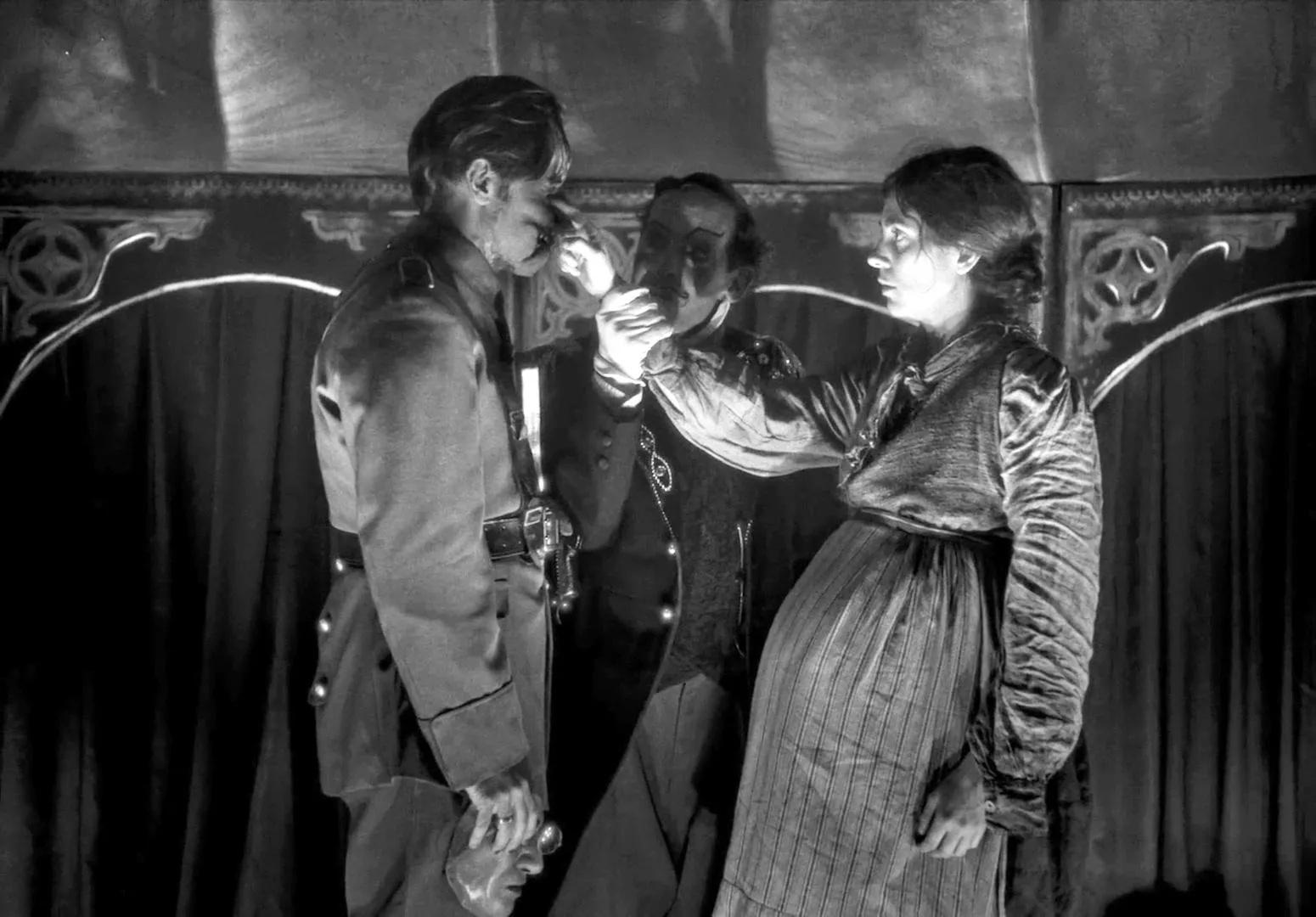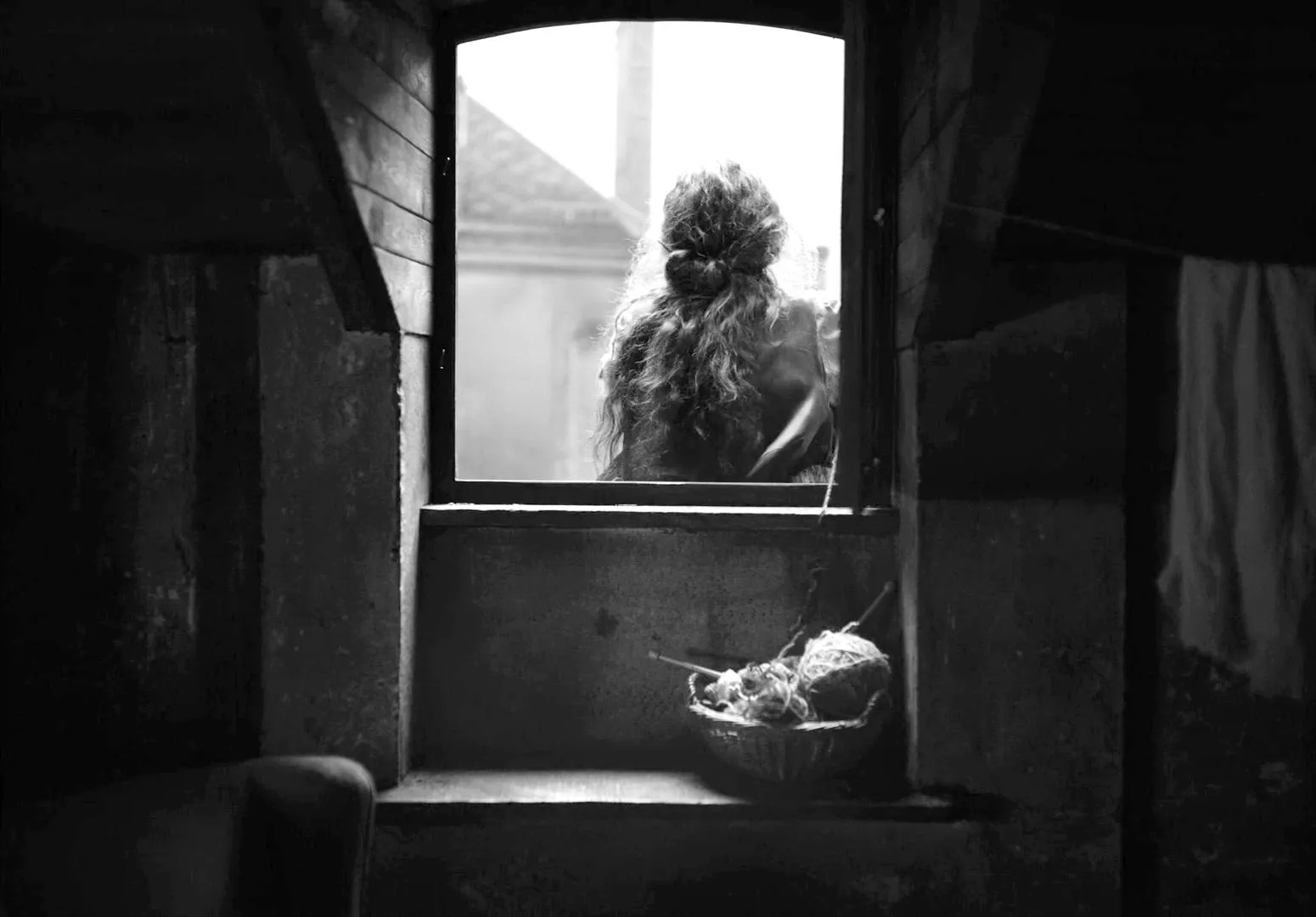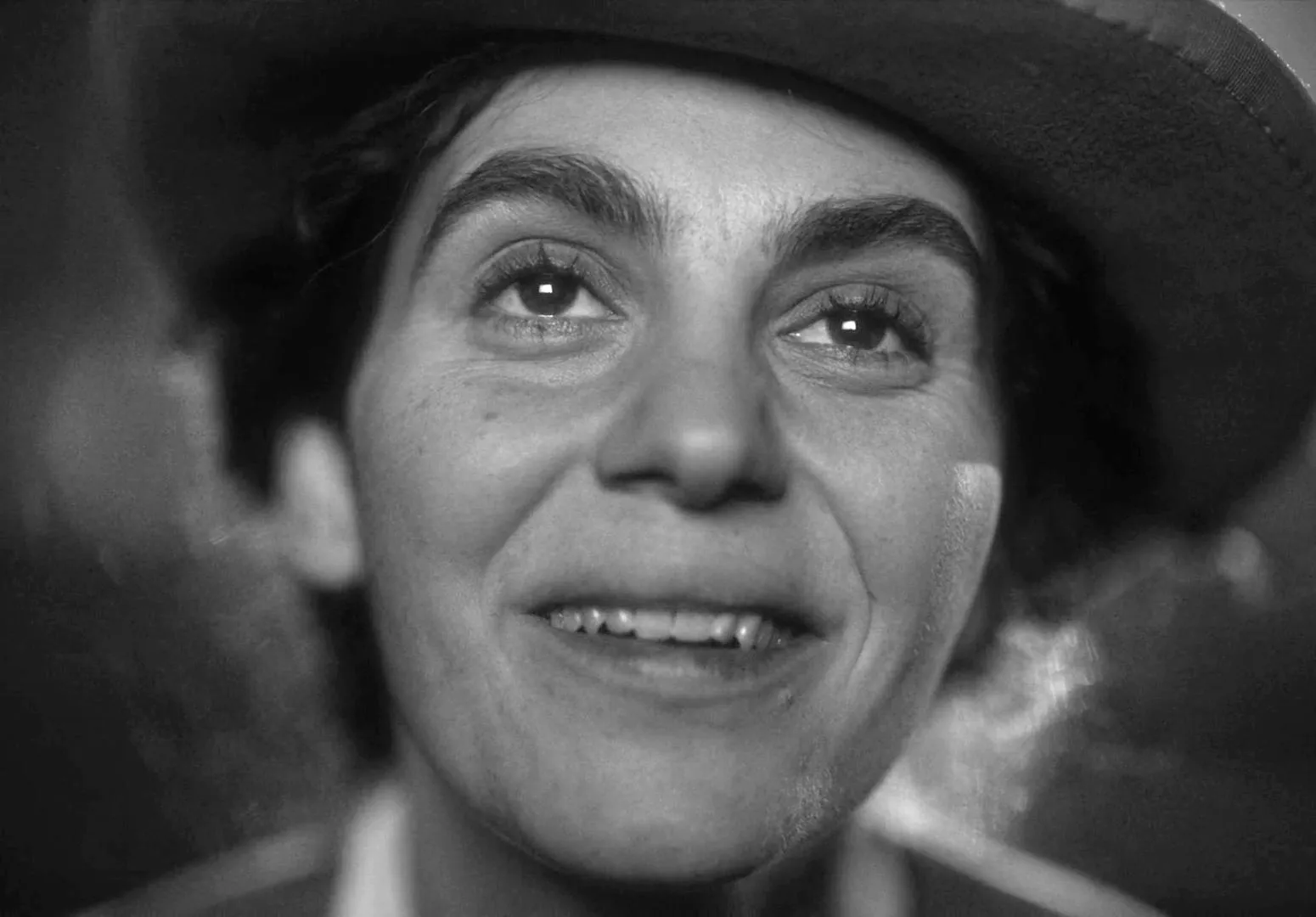The Needle Girl: A Descent into Despair
While several films from the Cannes Film Festival’s main competition were tipped for a “Best International Film” nomination, Payal Kapadia’s “All We Imagine as Light” didn’t make the cut. However, the controversial “Emilia Pérez” by Jacques Audiard and the arguably more deserving “The Girl with the Needle” by Magnus von Horn did reach the shortlist. The premiere of von Horn’s film, like many others in the festival lineup dealing with women’s reproductive (ill) health (think Audrey Diwan’s “Happening” or Cristian Mungiu’s “4 Months, 3 Weeks and 2 Days”), sparked intense reactions. Whether it’s the explicitness, the mundanity, or the anatomical detail, something always seems to provoke. In von Horn’s film, there’s an abundance of everything.

Viktoria Carmen Sonne as Karolina in a still from “The Girl with the Needle”
A World War I Drama
World War I is raging, though Karolina (Viktoria Carmen Sonne) can only vaguely sense it. A tidy seamstress in Copenhagen, she believes a marriage to the owner of a textile mill could mend her impoverished state. The courteous Jørgen (Joakim Fjelstrup) speaks hesitantly of a future together but confidently lifts her skirt. When her pregnancy becomes difficult to conceal, Jørgen’s baroness mother (Benedikte Hansen) intervenes, slamming the door to both family and factory in Karolina’s face. The needle that once joined coats to pockets is replaced by a long needle that tears flesh: abortion in unsanitary conditions becomes her only option. Bleeding on the tiled floor of a public bath, Karolina is taken in by the polite Dagmar (Trine Dyrholm). The abortion is incomplete, and the new acquaintance promises to find a home for the unborn child – with a good family who has the financial means and struggles with conception.

Viktoria Carmen Sonne as Karolina in a still from “The Girl with the Needle”
Immersed in Darkness
Magnus von Horn seems to encase the viewer in a diving suit and plunge them into the ocean’s depths, though water on screen is more often found in buckets and basins than open seas (except perhaps for the rushing sewer currents). Historical distance and black-and-white cinematography serve as a false armor – we observe the picture from a seemingly safe distance, guaranteed not to drown. Yet, the laws of this strange metaphysics cannot be avoided: the deeper we go, the more pressure we feel on our chest, and nothing can stop the goosebumps and the pulsating sound design in our ears. The camera relentlessly follows the fearless Viktoria Carmen Sonne – at times, it seems we see the back of the actress’s head more often than her desolate eyes and hands twisted by need. Denmark remained neutral during the war, but non-intervention didn’t prevent unemployment and grief on the front lines and within the city – Karolina’s husband, whom she believed dead, returns scarred and literally faceless, but even the veteran finds a place only in the circus. And Karolina wouldn’t even be taken in by the big top.

Viktoria Carmen Sonne as Karolina in a still from “The Girl with the Needle”
A Retro True Crime?
Returning to the oceanic depths where impenetrable darkness reigns: “The Girl with the Needle,” in the hands of a skilled marketer, could become a retro true-crime story rooted in German Expressionist cinema: classicism in love with pulp fiction. The screenplay is based on a true story, “embellished” with artistic license, but allow yourself to correlate the facts only after watching. Von Horn is far more concerned with the climate and texture that spawned the crime: drafty rented rooms, empty buckets in the corners, dirt and dust on sacks of potatoes, the cries of newborns with nothing to feed them. Poverty is a faithful companion to hopelessness, which Karolina resists even when she no longer has the strength to stand.
Yet, despite its aesthetic affinity, “The Girl with the Needle” nods more to the cinema of Béla Tarr than to the canvases of Friedrich Murnau. But it hardly pretends to be an experiment or innovation in form – the film works more with the unconscious and the tangible: have you ever imagined what pain might feel like? Prickly, like needles driven under your fingernails? Or soft and open, like a bleeding wound? “The Girl with the Needle” gives you an idea.